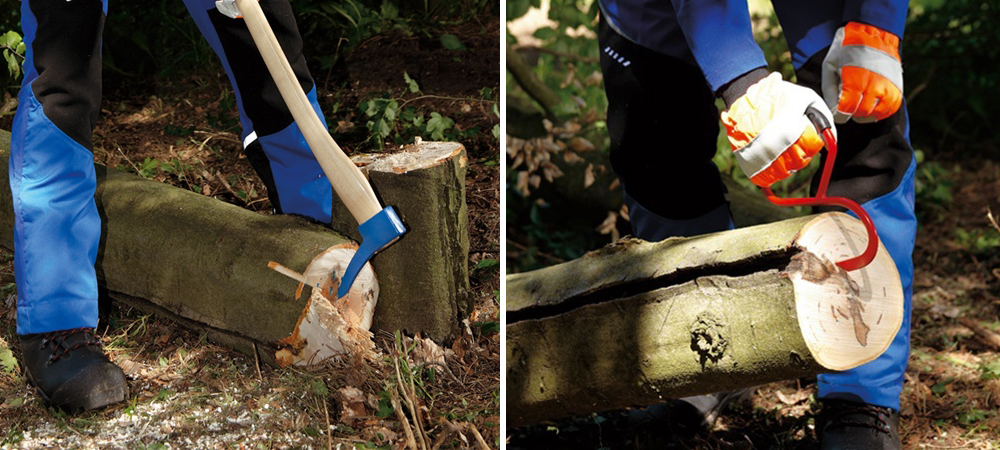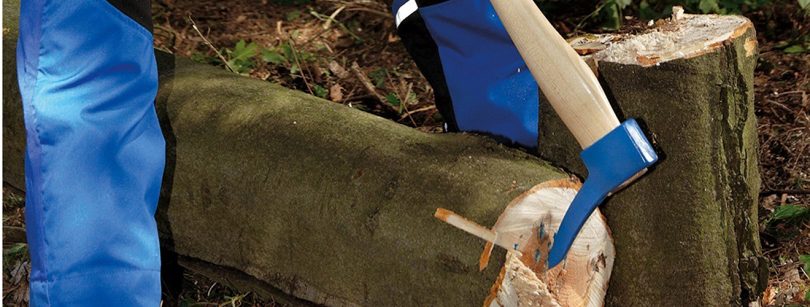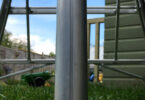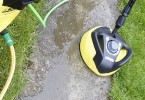Chopping wood? Then you’ll obviously need an axe of some description. But there are also some less familiar tools that might just come in handy. Here are a few of them…
Sappie
A sappie has an axe-like handle with a curved metal beak-like end, which is swung into small pieces of tree trunk or logs to enable them to be lifted without bending your back. Tools used for clearing overgrown areas, such as some brush hooks and bill hooks, can also double up to this task, while shorter moving tools include drag hooks, pulp hooks and lifting tongs.
Cant Hook
Similar to the sappie, a cant hook consists of a giant hook and blunt spike (known as a dog), sometimes with teeth, on the end of a long lever. It’s designed to make it easier to move logs, particularly for speedily turning them over. Similar to a peavey, which has a pointed spike instead of the toothy option. Not to be confused with the swing dingle or loose-tongued sloop, log moving devices akin to a sled.

The first photo features a ‘STUBAI Hand Sappie’ and second a ‘STUBAI Cant Hook’ from top tool merchants Engelbert Strauss, which can be found online here
Grenade
A grenade is a lump of metal with a point at one end, which is placed in the middle of a slice of tree and whacked with a mallet. Hit the sweet spot and the wood will conveniently split. They’re similar to a range of wedges, which include splitting wedge, felling wedge and cleaving wedge, that are used to split wood lengthways or assist with chopping down whole trees.
We included a bit more information about grenade usage in our piece ‘How to chop wood with a mighty log splitting axe’
Froe
A froe is an L-shaped tool with a fat cleaving knife joined at a right angle to the end of a wooden handle. It sits along the grain of a piece of timber, traditionally held in a cleaving brake, and is whacked with mallet causing it to split before twisting the blade to break the wood into two pieces. Can be spelt frow and is also known as a shake axe.
Fancy making your own Froe? This blog by Chris Colley shows you how…
Note: In case you’re wondering, here’s the reference to the title of this piece








That’s really useful info. I didn’t know what is actually the difference between those tools. Some of them I have seen, but had no idea how are they called.